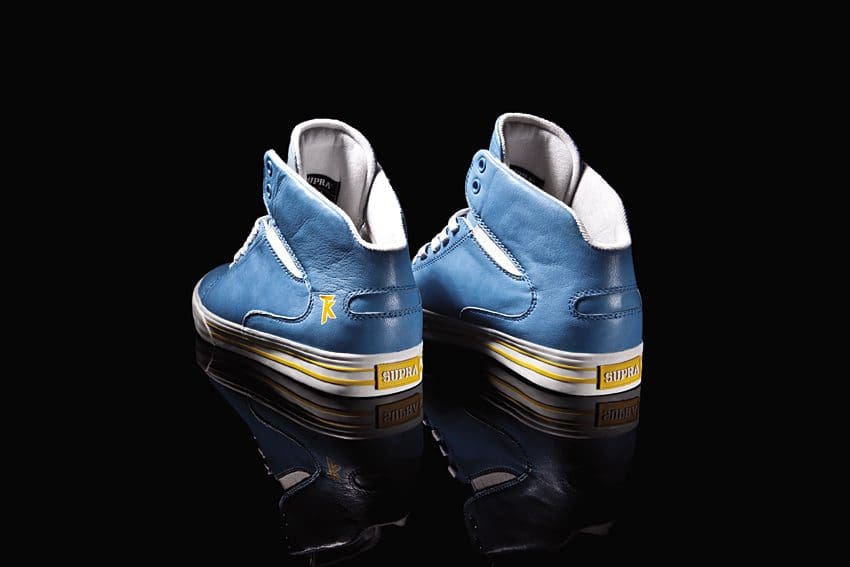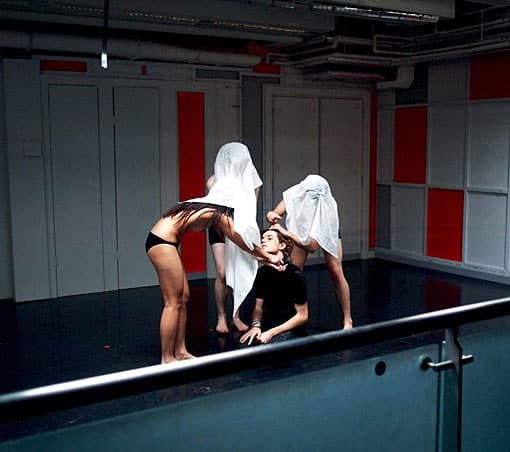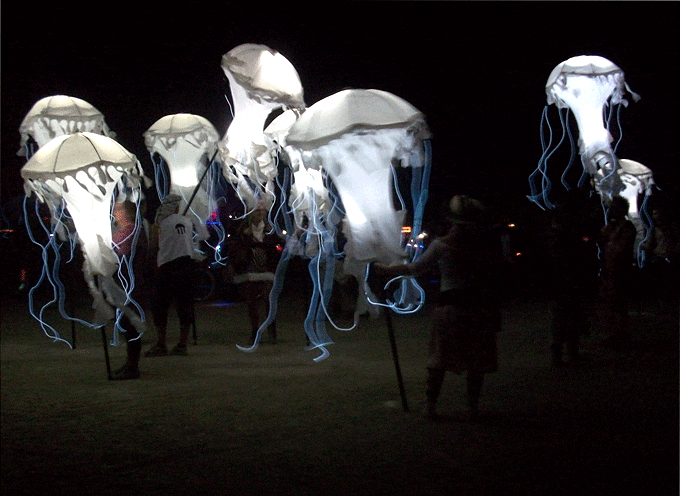words Al Woods
Just like many other industries, the art world has faced the brunt of the pandemic. With social distancing and lockdowns being the new normal, art fairs are, fortunately, discovering ways to get back to business.
An art fair isn’t just about acquiring artworks. But it’s an event that collectors look forward to so they can meet artists, gallerists, and curators. Furthermore, it’s a space for discovering emerging artists, learning about the current trends, and discussing art with the experts.
From the slow but inevitable shift to virtual shows to intimate and regional fairs, the post-COVID-19 art scene may emerge with a new set of rules that need to be looked at with a new perspective.
In this article, we look at the future of art fairs after COVID-19.
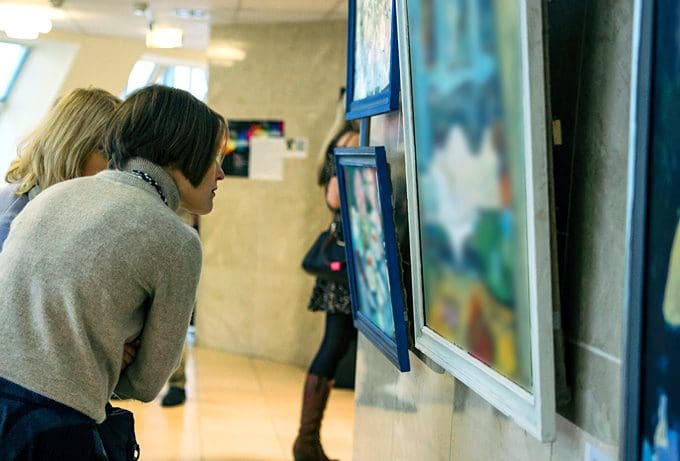
Going Digital
The value of sales generated by art fairs largely contributes to the overall art sales. Thus, in these uncertain times, shifting to virtual fairs and online viewing rooms are reasonable steps toward the future. Though many art fairs, like Art Paris, have entirely shifted online, the main challenge that faces them is curating a virtually stimulating experience that comes close to a live event.
When fairs like the Hongkong fair and Frieze New York transitioned to online viewing, they saw considerable participation from art enthusiasts from around the world. The sales were robust for prestigious galleries, but the smaller ones struggled to make sales. However, many felt that the experience of a fair was missing.
To create stimulating, immersive experiences for the viewer, working with the latest technologies like extended reality and augmented reality may be the way forward. Frieze New York had an augmented reality feature that allowed you to place a two-dimensional artwork on your walls virtually. To test for yourself, you can visit a virtual art fair by visiting various online viewing rooms on artfairmag.com.
Use Data Efficiently
As the art fairs transition to online viewing, this step comes with the opportunity of digital platforms with in-built data collection and analysis systems that can give insights about the artwork as well as the audience.
This data collection can help organizers and gallerists better understand their audience and improve their virtual viewing experience.
Focus On Intimate fairs
As the economy shrinks due to the pandemic, the focus will increase on local audiences. The fairs will open to the audience post-COVID-19. However, the size of gatherings will change.
As digital viewings become mainstream, an increase in the participation of regional galleries may happen.
Change In Perspective
The post-COVID era will see a change in perspective when it comes to digitalization. The pandemic has seen online platforms turning mainstream, a trend that’s likely to continue growing.
Just like COVID-19 has changed the way you shop and highlighted the convenience and ease of online shopping, it may have a similar impact on the audience’s perspective on online art viewings.
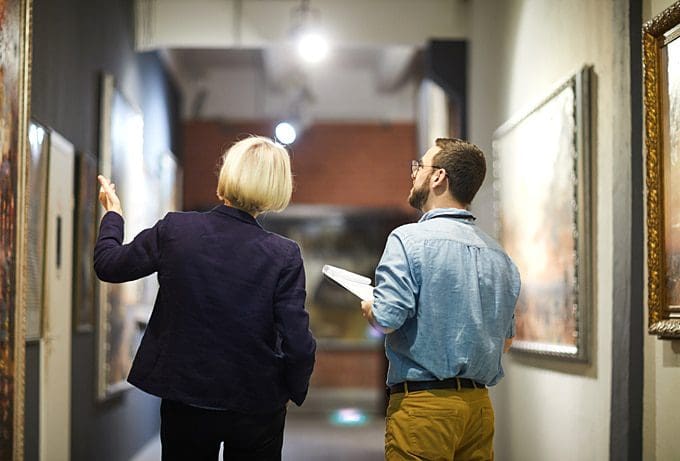
Rise Of The Online-only Art Market
The outbreak of the pandemic has been a boon for the online-only art auctions. With social distancing here to stay, selling art online is becoming the new normal. Auction houses, like Sotheby’s, Christie’s, and Phillips, saw a considerable increase in their online-only sales this year.
As galleries look to expand their digital presence during the pandemic, existing galleries may emerge as big online players in the post-pandemic times.
Improved Price Transparency
As fairs and auctions move online, widespread transparency in price is getting globally accepted. This trend is likely to change the sales practices at galleries and fairs. It’s also going to impact the viewing and buying habits of traditional art collectors.
Besides, online art viewing also increases global viewing, increasing democratic participation as people from around the world can view and buy art.
Conclusion
As the pandemic pushes the art world to quickly adapt to the digitalization of fairs and auctions, the post-COVID era is likely to emerge as a space that offers the best of both worlds–digital and physical.
Studies suggest that millennials are more comfortable buying art online. This has led to galleries partnering with online platforms and improving their online presence. Social media also had an impact on increasing sales.
Being convenient and cost-effective, the emerging digital trend in the art world is here to stay and is likely to grow considerably even post-COVID. As this online transition has opened up to the possibilities of data collection and analysis, data is likely to be used even in the future to understand audience and trends.
However, as convenient as online viewing may be, there’s still hope that fairs and galleries will re-open as soon as the pandemic ends.
















